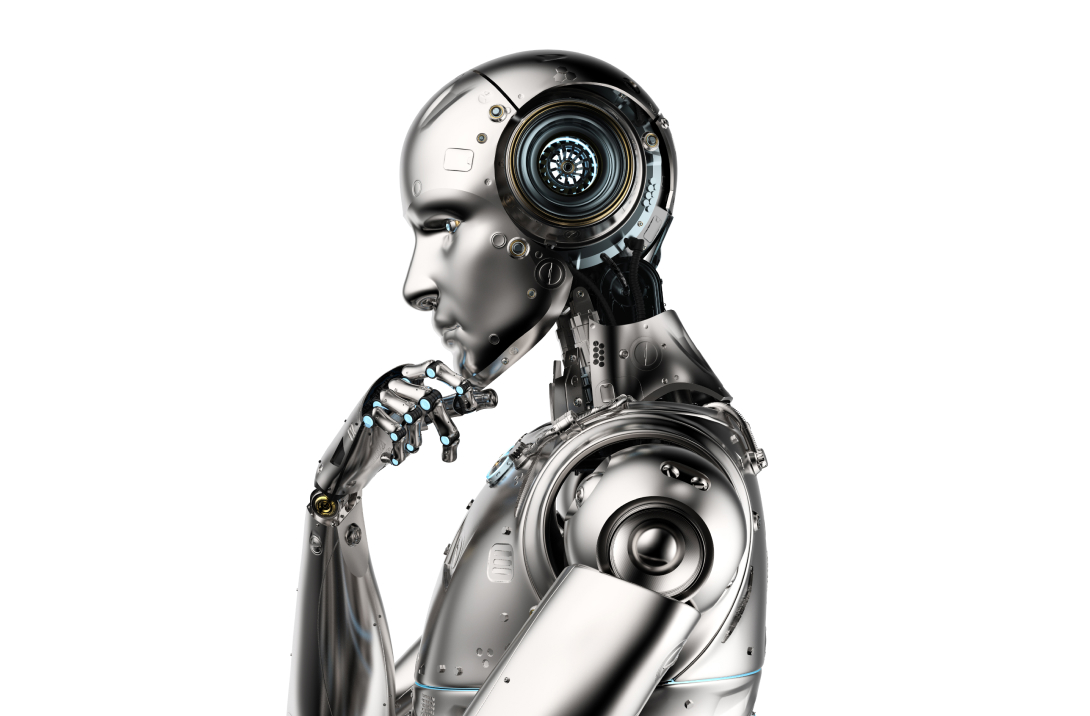
Smart solutions and robotics
Robotics and intelligent technologies are transforming libraries into more productive and user-friendly spaces, completely changing the way they function. Libraries are improving user experience and operating efficiency with the use of modern innovations like AI-powered robots and automated book retrieval systems. Not only are these technologies automating repetitive work, but they are also redefining libraries as contemporary learning centers that meet the changing demands of the digital era.
Staff tools
Effective technologies created specifically for library employees are essential for increasing productivity. So that the staff members can keep the library organized, track collections, and manage circulation using these tools. Through the automation of several administrative duties like inventory management, cataloging, and shelving, these systems free up library staff time for higher-value pursuits like serving customers or curating collections. This lowers the amount of manual labor and enhances the library’s operation as an entire unit.
Self-service for clients
Self-service solutions are being offered by libraries more and more to enable patrons to oversee their own borrowing activity. Customers may simply check out books, renew loans, and use other library services on their own without having the help from the staff members by means of digital platforms and self-service machines. These self-service technologies improve the user experience by decreasing waiting times and increasing convenience for consumers while enabling them to work at their own pace.
Security detection system
One of the highest priorities is to make sure that library collections are adequately protected, and modern security detection systems are vital to this endeavor. By preventing illicit material removal, these technologies protect the library’s priceless assets. Libraries may keep a careful eye on the movement of books and other resources by utilizing technologies like smart alarms and RFID (Radio Frequency Identification) tags. This guarantees that collections remain consistent for all users and also prevents theft.
Return and sorting systems
Systems for automatically sorting and returning items are required for preserving the circulation flow in libraries. These systems guarantee prompt and effective processing and sorting of returned products, which decreases downtime and increases the availability of books and other resources. Libraries may increase the length of wait and guarantee that users have faster access to resources by automating these processes. These technologies also assist in decreasing the workload for employees, allowing them to focus on other important duties.
Shelf management solutions
Finding and obtaining resources at a library can sometimes be difficult, especially in bigger institutions. Staff and customers can find and monitor products more easily using smart shelf management systems like RFID technology. Libraries may more effectively and precisely track the location of their collections by tagging books and other things using RFID technology. This guarantees that the library’s inventory is constantly updated and makes it easier to locate and return things.
Centralized management solutions
Centralized management systems are a powerful way of improving operations for libraries that have several branches or divisions. These technologies make it simpler for libraries to monitor collections, plan events, and manage resources across different locations through empowering them to do so from a single, unified system. No matter how big the library system is, centralized administration guarantees that rules, procedures, and resources are uniform and can be handled with efficiency.
To sum up everything, libraries are becoming incredibly effective, user-centered learning environments due to the integration of robots and smart technologies. Libraries can now offer quicker, more dependable services with less manual work. These innovations are changing the way library’s function, allowing them to reduce human work while offering faster, and more dependable services. The incorporation of these advances will be important to libraries’ continued evolution in the digital era and to their ability to serve as vital resources for research, education, and community involvement.

